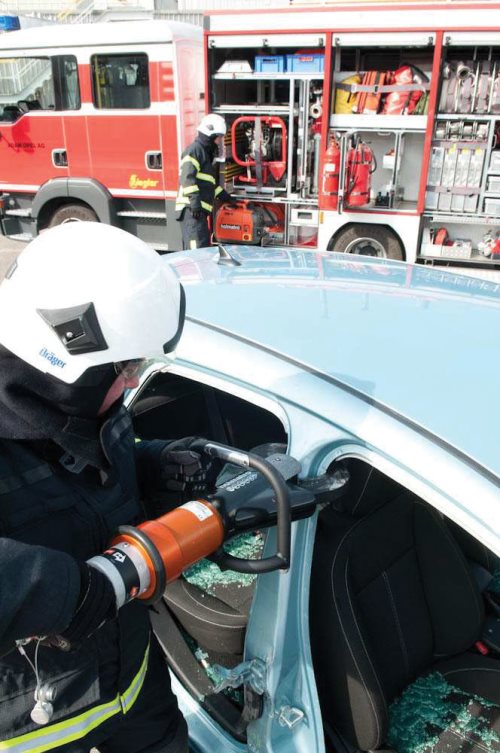The Scientific Approach to Extrication
Science is wonderful, I love it. Mankind has recently landed a spacecraft on comet 67P which is over 300 million miles away, now that is science! However, if you read through all of my blogs you will find very little (if any) science.
Is extrication science?
I do not believe the business of extrication to be scientific and I think that many people in this industry try to overcomplicate the subject. Of course the medical aspects of rescue are indeed scientific, but as I am not an academic (and it is fair to say that most rescuers I have met and worked with are not either) I always try and keep such concepts as accessible as possible.
And what about vehicle construction?
The main topic that ALWAYS gets the scientific treatment when I read about extrication is the subject of vehicle construction. There is a baffling array of terms, names and explanations for stuff that (in my opinion) is of very little use at 2am when it’s cold, raining and you have a patient that needs removing by way of a dashboard relocation. Whether the area you need to deal with is made of Ultra High Strength Steel (UHSS), Martensite, Boron or cheese, the fact is you need to cut it, spread it or relocate it; so its molecular composition will not generally inform your decision.
Of course underpinning knowledge is another thing. Having an understanding of the science, in some cases, will allow you to explain things in a more robust way; that I cannot disagree with! Therefore let me introduce some scientific facts regarding construction elements you may have heard of, with which you can impress your friends.
Boron Steel
Boron steel is (in effect) normal steel with boron added in order to increase strength. But how much of the finished alloy is in fact boron? Is it 5%, 10% or more? Well there is a noticeable strength increase with as little as 0.0005%-0.0010% of boron and generally (according to my sources) this could be as high as 0.1% for some applications (sources differ, however it is a very miniscule amount).
That is a remarkably low ratio of boron to steel. In fact, if we look at the human body an average person weighing 75kg has 0.0525 grams of boron in their body; we have more boron content (relatively) than the latest Volvo.
Martensite
Martensite steel starts its life as Austenite: a solid solution of iron with a small amount of carbon in it. By heating the Austenite and rapidly cooling it (quenching) the crystalline structure changes and increases the strength of the steel.
High Strength Steels (HSS) and Advanced or Ultra High Strength Steels (AHSS/UHSS)
The main difference between HSS and AHSS/UHSS is their micro structure and this is a very complex area to understand as they are made with carefully selected chemical compositions. These compositions are the result of carefully designed heating and cooling processes.
Within the two headings there are many types of steels which can be classified in 3 general ways;
- Relating to their process (how they are formed)
- Relating to their strength
- Relating to their mechanical properties

Despite the increase in UHSS and Boron, they are still cut at relatively low pressure
If you are still reading this blog (are you still awake?), you may be beginning to think that science is not so important after all. Like I said earlier, the area we need to cut, spread, ram or relocate is rarely open for debate so regardless of construction, we must just do what we need to do; we therefore need the tools to do it.
Finally, while the micro structure of so called ‘exotic steels’ may be complex, extrication is not rocket science. Just be aware of the nature of vehicle construction, keep the science bit in mind and get on with the business of rescue!
As ever I welcome your feedback
Ian Dunbar